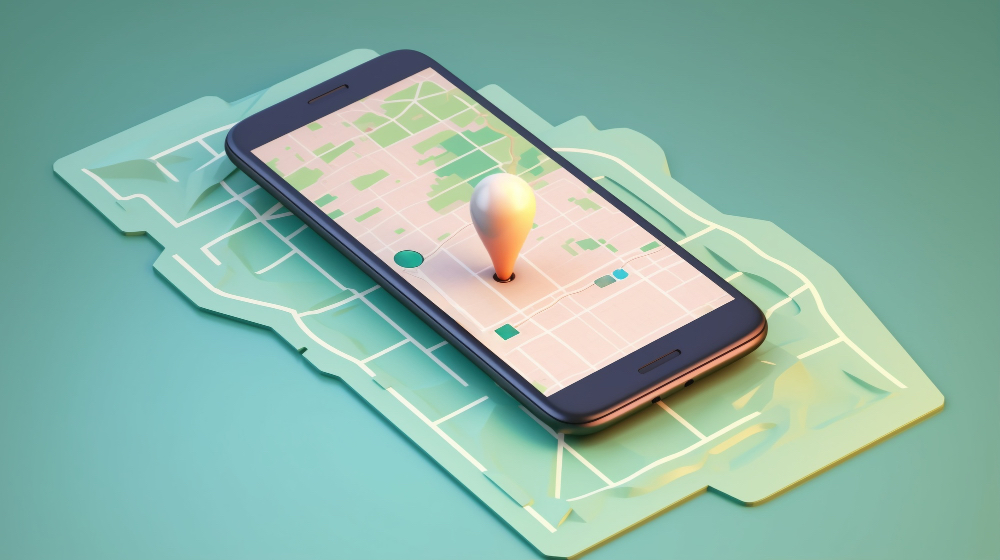Do you want to get accurate face recognition results? If the answer is yes, you should use the following face comparison validator API!
Anyone can use this technology; all they need is a smartphone with a camera and an account with a face recognition service provider. However, not all face recognition services are created equal; some are more accurate than others. So, if you want to use a reliable face recognition service, we suggest using one that uses APIs for face comparison.
Face recognition and face detection are two of computer vision’s most significant applications. Face detection and recognition is one of the most crucial AI system modules for many internet corporations, like Facebook and Google. Facebook has begun including hashtags into the training of its face and picture recognition models.
Face ID on the iPhone X was announced by Apple earlier this year. They have created specialized technology and knowledge bases that are exceptional at identifying faces. Even Samsung released the Galaxy Note7 last year, the first handset with iris recognition for well-known gadgets. Additionally, face detection is a game-changer for businesses specializing in biometric identity solutions. They have uses in a variety of industries, including banking, healthcare, travel, and retail.
Businesses can now accurately and robustly detect and recognize faces in still photos and live stream videos in their applications and systems thanks to the facial recognition API. Face detection in a collection of images for the organizing of personal photos, user identification and authentication, and face recognition in mobile, desktop, and web apps are all simple to implement using the API.
Software can be used to compare two face photos in facial recognition to assess the veracity of a claim. The technique can be used, among other things, to sign someone into their phone or look them up in an image database. In order to convert face images into numerical expressions that can be compared to assess how similar they are, computer-generated filters are used in facial recognition. These filters employ artificial neural networks to handle data and are frequently created using deep “learning”.
APIs for Face Recognition and Their Uses
unlocking phones and doors Most modern smartphones employ facial recognition to unlock themselves, ensuring that only the owner can access the private data they have inside. Facial recognition technology is also employed to control access to high-security structures.
– Social media platforms. Facebook uses face recognition technology to examine your profile photo, as well as any uploaded pictures and videos, to determine which ones they think you are in.
-Face recognition technology to reduce crime. Law enforcement agencies can get instant alerts when a known criminal is seen on camera entering a store by accessing databases that contain the faceprints of previously known offenders.
What Are Face Comparison APIs?
A face comparison API is a tool that allows you to compare two faces and determine whether they belong to the same person or not. This tool works by comparing the two images using cutting-edge artificial intelligence (AI) algorithms; and then returning a score that indicates how similar they are. The higher the score, the more similar the faces are!
So, if you’re looking for an accurate way to compare faces, we recommend using a reputable API such as Face Comparison Validator. This API is available on the Zyla API Hub and has recently gained popularity due to its effectiveness!
How To Get Started With This API
To make use of it, you must first:
1- Go to Face Comparison Validator API and simply click on the button “Subscribe for free” to start using the API.
2- After signing up in Zyla API Hub, you’ll be given your personal API key. Using this one-of-a-kind combination of numbers and letters, you’ll be able to use, connect, and manage APIs!
3- Employ the different API endpoints depending on what you are looking for.
4- Once you meet your needed endpoint, make the API call by pressing the button “run” and see the results on your screen.






